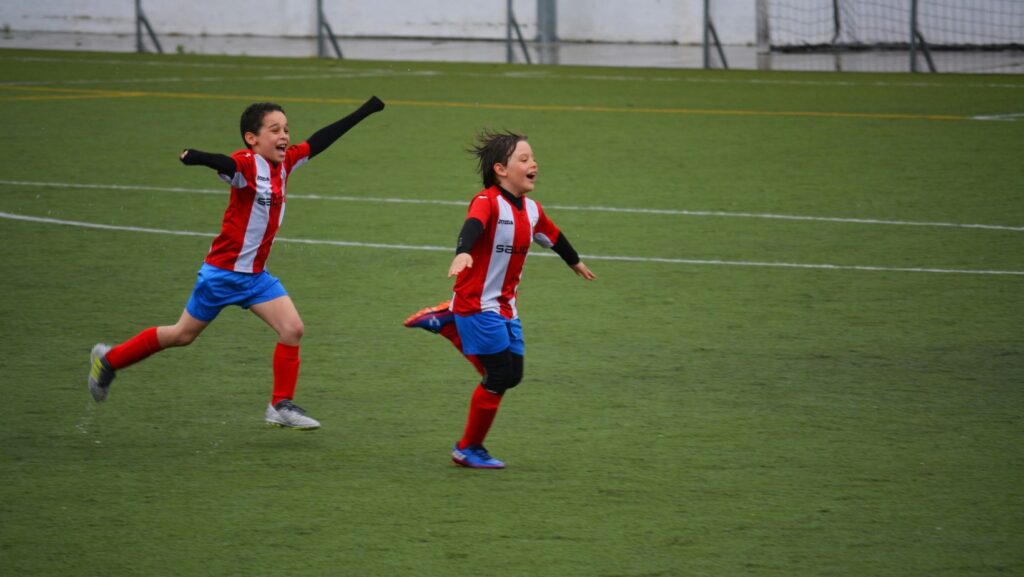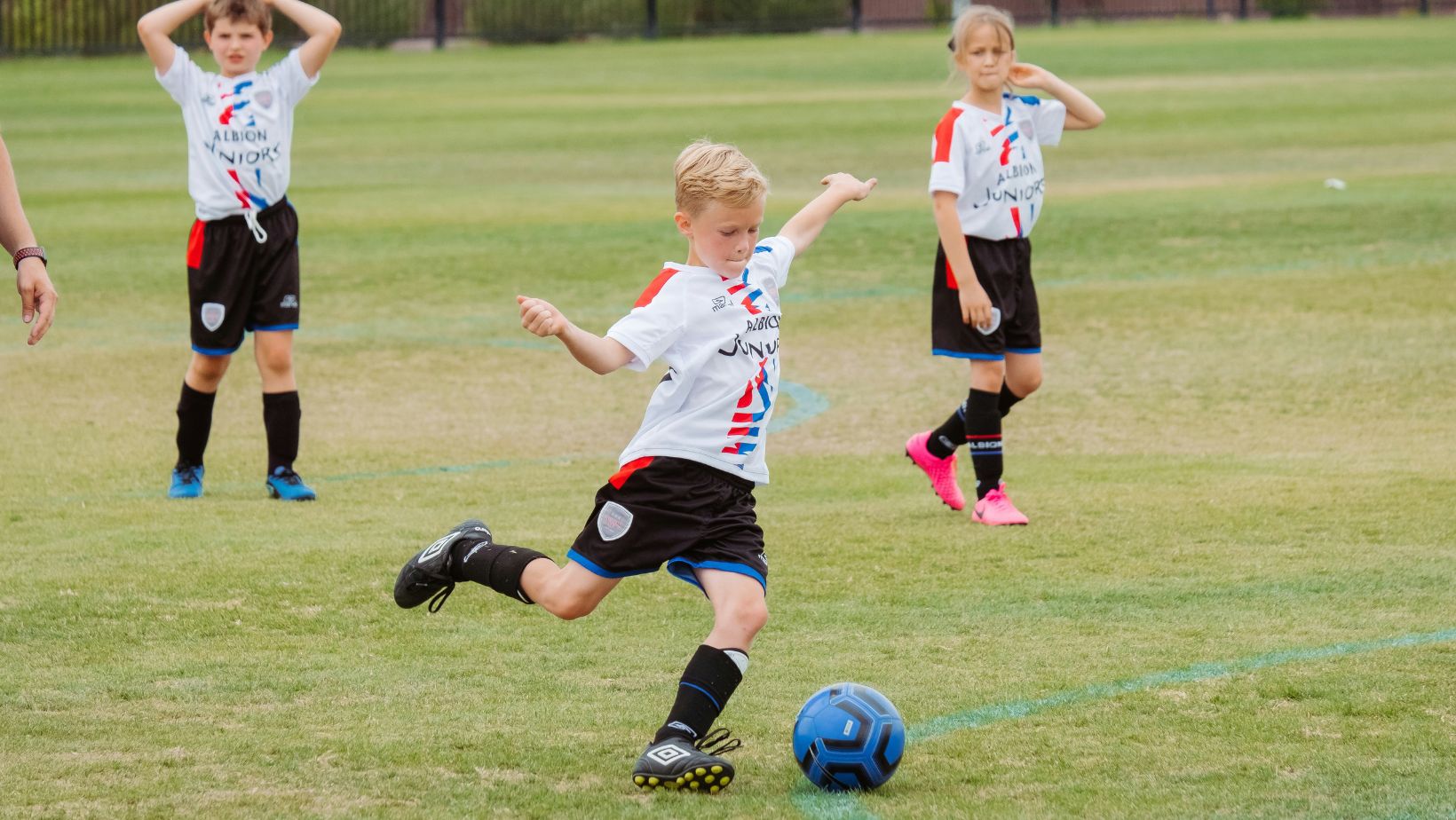
When we talk about training younger athletes, we are not only talking about improving skills but also trying to enhance their physical and mental development and instilling a sense of love for sports. These routines must be modified to accommodate their ongoing development, enjoyment, safety, and gradual improvement. So, how do we go about designing sports drills that are encouraging while at the same time ensuring their safety? This paper seeks to address these questions at length.
Why Training is Different for Kids
At all costs, children should not be treated the same way as adults, as both their minds and bodies are still under development, and for that, a specific type of training is required. It is extremely important for young athletes to have routines that are aimed at stress-free development of their muscles and bones, which is not the case with adult athletes. Competition and motivation at a young age are also entirely different. Kids are curious and want to have fun. Any more than slightly intense training would drive them into injury or burnout. Rather, it should focus on confidence and teamwork while enhancing basic skills, which would allow them to tackle more challenging tasks in the future.
All this is important so that they grow up both mentally and physically healthy and can show their best results in a variety of sports. Well, if you do not want to wait until they grow up but want to dive into betting on the upcoming matches as soon as possible, do not forget to use MelBet promo code Mongolia. With it, you can try your luck and ingenuity and win more without increasing the risk. In general, there is no reason why you should not use this promo code.
Focusing on Fun and Basics
For young athletes, fun should be the primary focus to ensure that they keep participating. The focus of training should be on activities that are enjoyable and help young athletes acquire the basic skills needed in the sport. Some ideas on how to make sure fun balances fundamentals:
- Skill-based games: Incorporate drills disguised as playful activities.
- Friendly competitions: Encourage teamwork and light-hearted rivalry.
- Varied exercises: Mix up routines to maintain enthusiasm.
This kind of approach will guarantee young athletes remain focused, lay a solid foundation, and always look forward to each practice. Well, if you want to get more news from the world of professional sports, subscribe to MelBet. There is news, interesting facts, memes, and much more.
Building Strength Safely
When it comes to strength training for kids, there is more focus on building functional strength instead of heavy weight lifting. Initiating this training with light body weight and resistance training will make the kids fit without exposing them to injuries.
Let’s say push-ups, squats, and lunges help strengthen the core and leg muscles, which are useful while playing football or basketball. Supervised exercises with light medicine balls or resistance bands help in variation and promote training. Focusing on the techniques along with slow and steady progression, the kids can build strength that will only benefit them in the particular sport.
Improving Speed and Coordination
Speed and coordination are fundamental to athletic success. It is best to learn these skills when young. Children are able to develop good motor patterns by learning age-appropriate drills so that they are able to become effective and efficient movers on the pitch or court.
Using an agility ladder, performing cone positioning drills, or playing small-sided games can help with their reaction and footwork. Certain activities demand precision, like juggling or playing around with the ball, which allows them to develop more coordination. These exercises help them at the present level and provide a base for more sophisticated skills in the future going ahead in their athletic career.
Preventing Injuries Early
Young habits form the basis for preventing an injury. It is very important to teach young sportspersons how to warm up and cool down and what their body is communicating to ensure good health and performance in the future. Now let us identify some of the important concepts in terms of avoiding injuries:
- Warm up correctly: It includes loosening of muscles and joints in preparation for exercise.
- Movement description: It encompasses the correct way to do exercises and perform certain activities.
- Two times a week off: Gives the body a chance to rest and helps eliminate the chances of a repetitive injury.
If these habits are developed in children, they are able to avoid injury during sports and are able to enjoy the positive aspects of sports without too many hindrances.
Balancing Rest and Practice
For young athletes, rest is just as crucial as practice since their bodies are still growing. If they overwork themselves, they run the risk of becoming fatigued and performing poorly, leading to injury. Make sure that activity and recovery are split evenly to avoid any form of burnout.
Add noncompetitive recovery days into your weekly schedule, like light swimming, slow walks, or general stretches. Fatigue should be managed and communicated efficiently so that the athlete, the coach, and the parent are on the same page. Rest is not an extension. It is a necessary component when growing and maturing.
Making Goals in Order to Develop
Every young athlete has a different story that requires specific goals. Celebrate little wins, be it a new skill or added confidence while playing. With time, support, and guidance, young athletes can change so much. It is incredibly satisfying to see a kid, not only for his athletic side but also for the person he is becoming. It is not just about winning in sports. It is about improving yourself!









